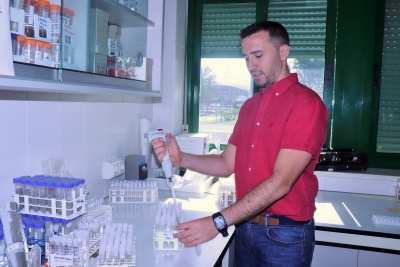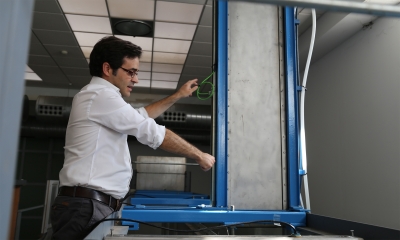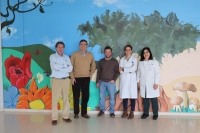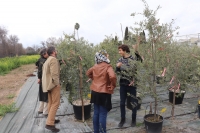The discovery of a more effective method to estimate polluting emissions from nitrogen fertilizers
Escrito por UCC+IAn international research group proved the effectiveness of a statistical method to estimate nitrous oxide emissions from nitrogen fertilizers
Equations help predict the behavior of water in rivers
Escrito por UCC+iUniversity of Cordoba researchers developed a mathematical model that allows for anticipating the failure of dikes that hold in overflowing river water
BIOCONTROL-A. The fight against aflatoxins, the dangerous toxic that contaminates crops
Escrito por UCC+IThe BIOCONTROL-A project seeks to prevent the contamination of almonds and pistachios by toxins produced by several species of fungus
OLIVE MIRACLE. An application to predict the future of the olive tree
Escrito por UCC+IThe European 'Olive-Miracle' project is developing a model that predicts the behaviour of olive groves in the face of climate change throughout the Mediterranean
Part of the immune strategy of the strawberry plant is characterized
Escrito por UCC+iA University of Cordoba research group classified a gene family responsible for partial control of strawberry defense mechanisms when attacked by common pathogens in crop fields
Snow monitoring at the Sierra Nevada peaks offer the first medium-term data sets
Escrito por UCC+iA research group at the University of Cordoba published 14 years of weather monitoring in the Sierra Nevada along with photographs of snow distribution







